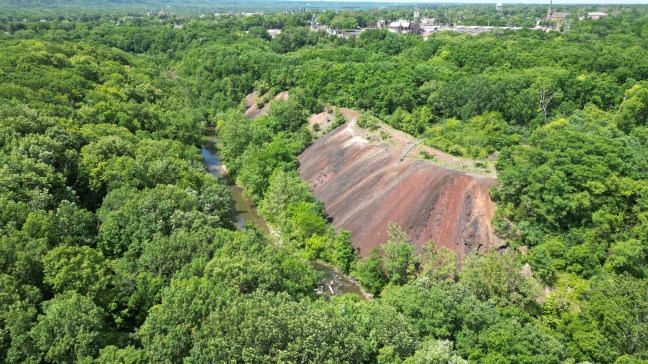by: Karry King
LA SALLE, IL – The U.S. Environmental Protection Agency is proposing changes to the groundwater contamination status and monitoring at the Matthiessen and Hegeler Zinc (M & H) Superfund site in La Salle, Illinois. The contaminated site includes nearly 5,000 homes, covers most of the city of La Salle and incorporates an 80-foot-tall slag pile owned by Carus Chemicals. The 17-acre pile of slag and sinter borders the Little Vermillion River, which empties into Illinois River. From there, it empties into the Mississippi River and the Gulf of Mexico.
Clay will be used to cap the slag on the top and three sides, with terracing, which will allow wildlife and fish to nest along the base. A layer of soil will go over top of the clay so grass and native vegetation can be planted. The slag will be capped according to Illinois EPA 724 regulations.
“We didn’t originally include the groundwater because it was assumed there were institutional rules and ordinances in place, and it wasn’t a concern,” said Demaree Collier, EPA remedial project manager for the M & H Superfund site. Collier has managed the M & H site for over 20 years, before it was placed on the National Priority List.
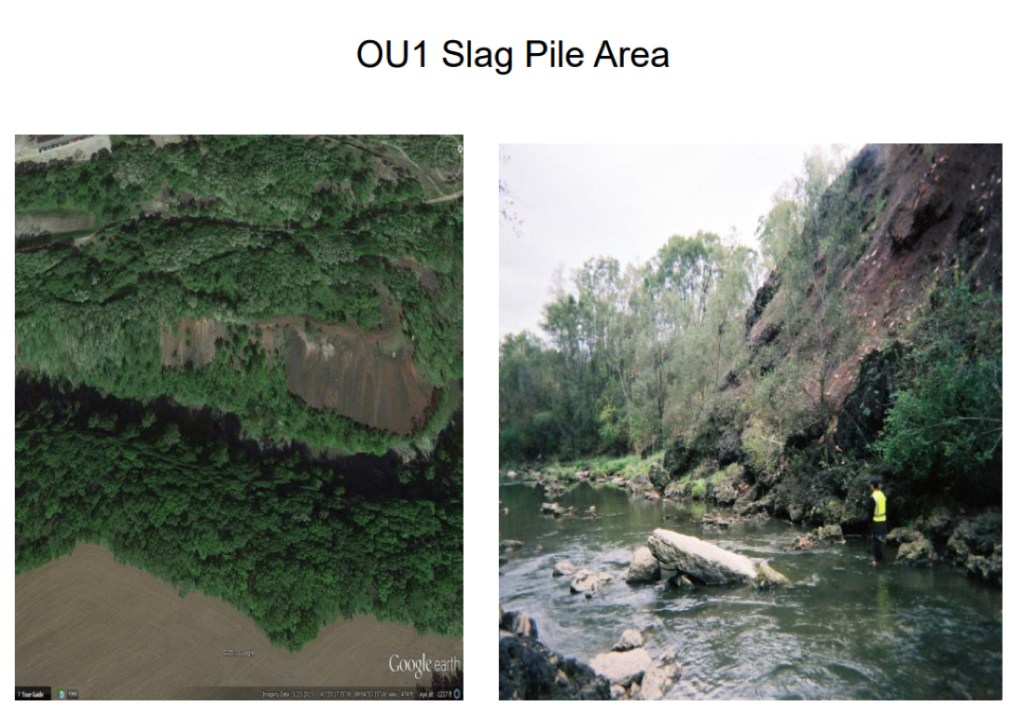
The towering pile of slag that resembles coal with burnt red sinter and appears as a wall that runs along the river, contains arsenic, lead, cadmium, copper, zinc, manganese and other contaminants, according to EPA documents. SVOCs and PCBs were also found onsite. The groundwater underneath exceeds the standards for allowable contaminants. The City of La Salle draws its drinking water from four wells located approximately three-quarters of a mile south of the contaminated site, with the closest one being approximately 3,700 feet away.
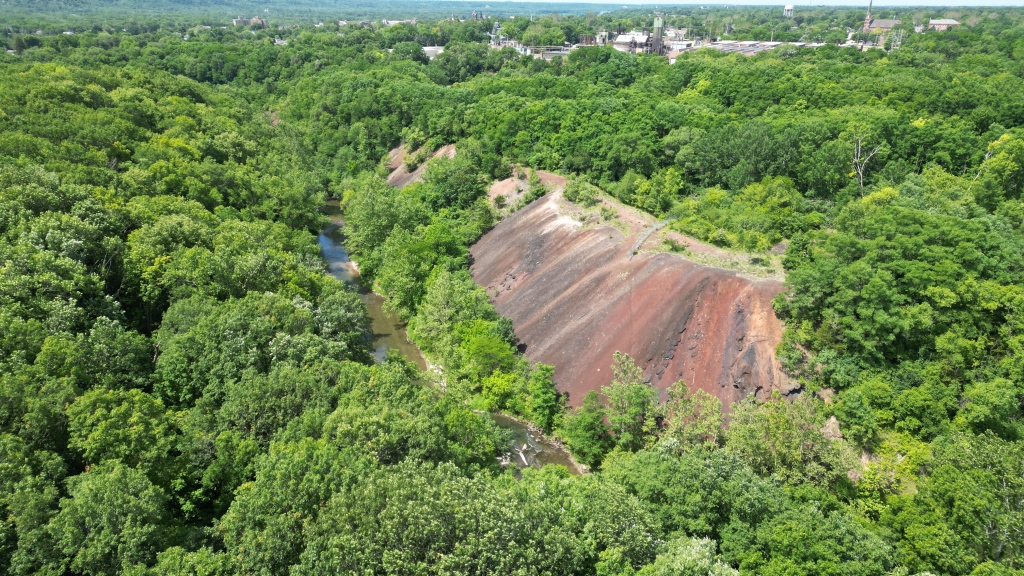
The U.S. EPA defines principial threat waste as being highly toxic, highly mobile, and cannot generally be contained. If released, it would pose a significant threat to human health and the environment. Because slag can be contained by putting a cap on it, the EPA is posing a change to the 2017 Record of Decision (ROD) from principal threat waste to a low-level threat.
The proposed amendment will change the threat level status of the groundwater contamination from principal threat waste to low level threat waste. According to Collier, this change will allow the EPA to begin designing a plan that will encapsulate the slag waste and reduce groundwater contamination.
“The cap they’re going to use is an Illinois EPA regulated cap that allows for that kind of waste with hazardous components to be held within it because it meets a whole bunch of standards, so nothing can infiltrate the cap,” said Collier.
“The idea is once we do a source control, cap the giant slag pile, consolidate the onsite main industrial slag and cap that, it could potentially reduce leaching into the groundwater. The idea is that it will reduce the level of contamination that is leaching every day,” said Collier.
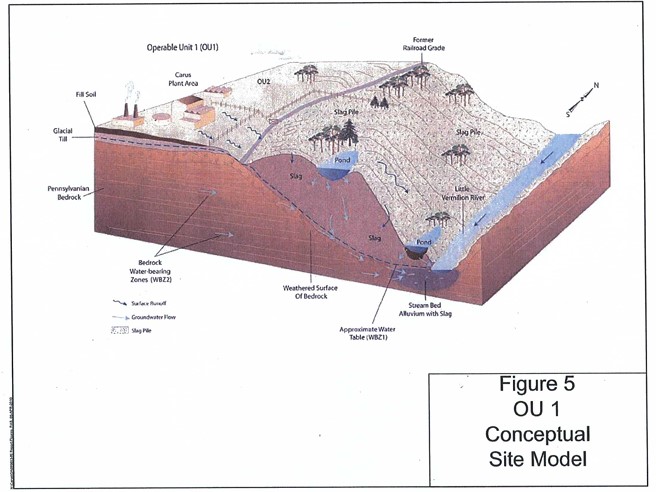
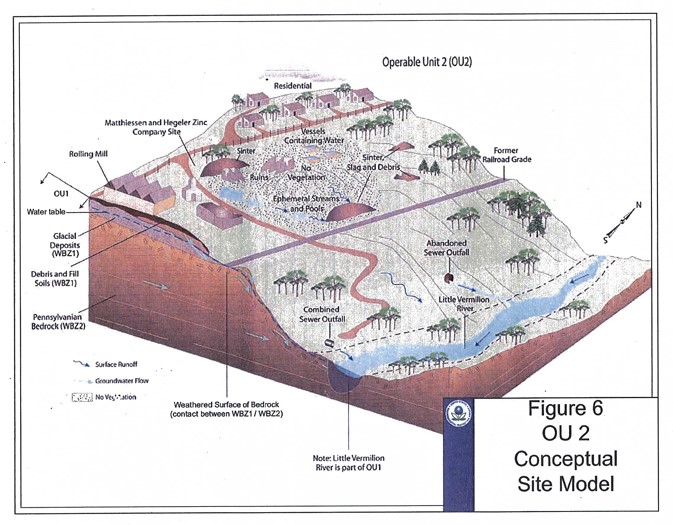
The total cost of cleanup for the M & H Superfund site is estimated to be around $200 million. Once the ROD has been amended and signed, Collier said they will begin working on the cleanup design, which is expected to take approximately two years. After the design has been approved, the cleanup and capping will begin.
“Because we’ve been lucky enough that this site is receiving infrastructure bill money from the federal government, we’re getting an inpouring of millions of dollars just for this community, and we’re able to put that towards cleanup, so it’s happening a lot faster than it would have if we didn’t have this infrastructure money coming from the federal government,” said Collier. “The next step is negotiating with any responsible parties.”
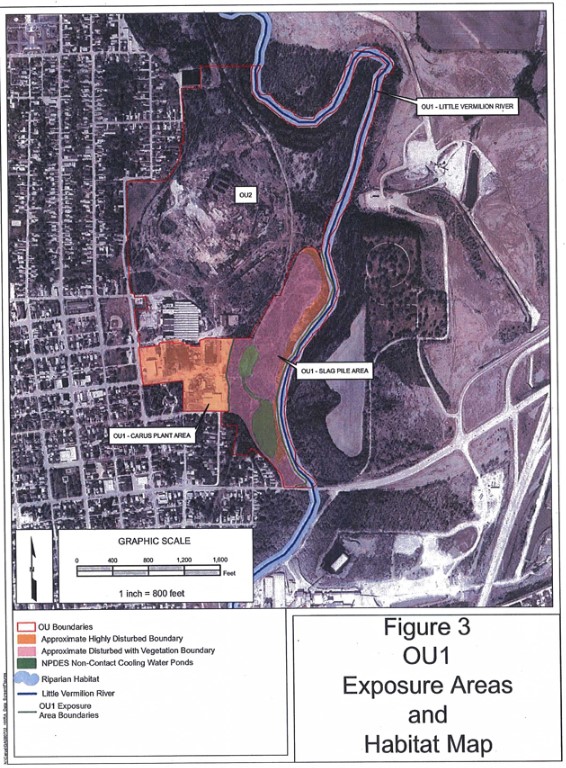
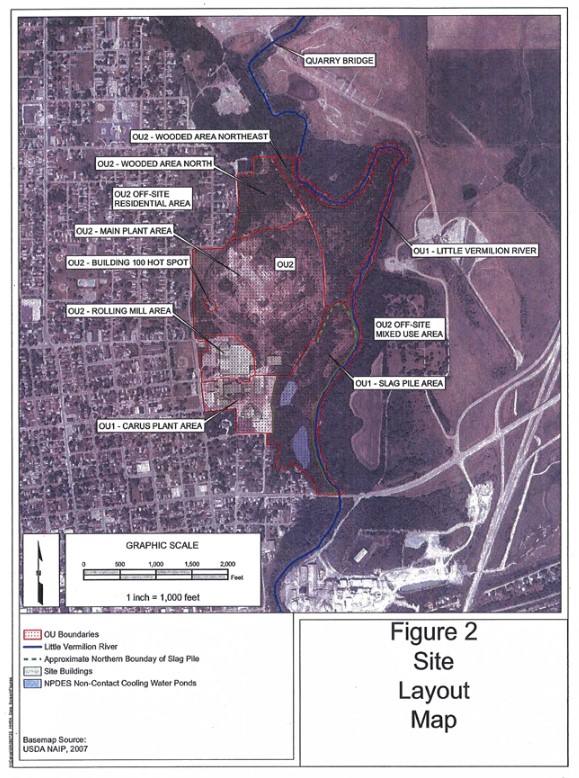
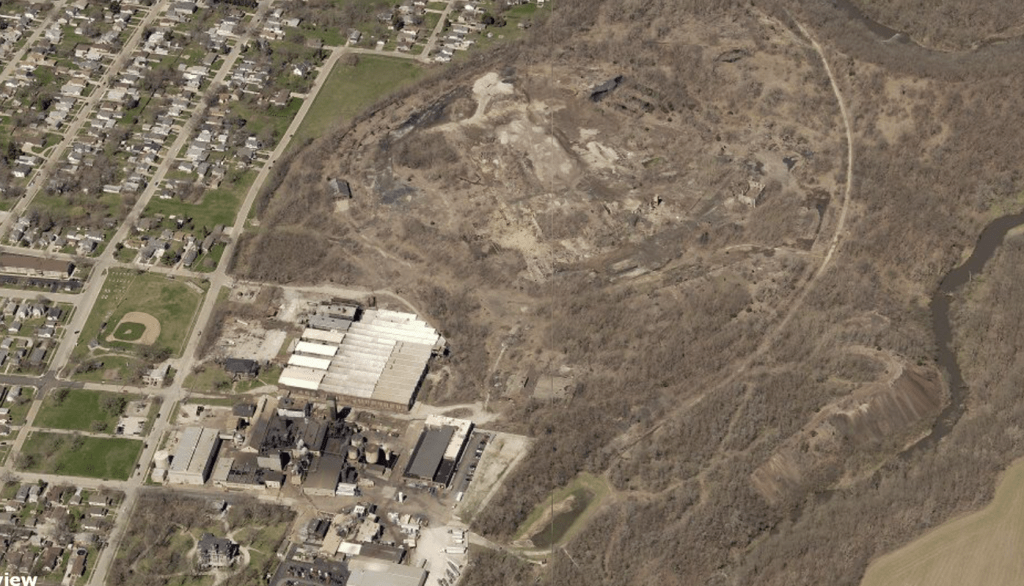
M & H Superfund Site, Photo Credit: Google Earth
Sources and Contacts:
U.S. EPA, Collier, Demaree, 312-886-0214. Collier.demaree@epa.gov. Remedial Project Manager for the M & H Superfund Site.
U.S. EPA, Muhtsun, Ruth. 312-886-6595. muhtsun.ruth@epa.gov. Community Involvement Coordinator.
U.S. EPA, Matthiessen and Hegeler Zinc Company 2017 Record of Decision. https://semspub.epa.gov/src/document/05/508966
U.S. EPA, Matthiessen and Hegeler Zinc Company, La Salle, IL Site Documents & Data. https://cumulis.epa.gov/supercpad/SiteProfiles/index.cfm?fuseaction=second.docdata&id=0507364
U.S. EPA, Community Guide to Capping. https://semspub.epa.gov/work/HQ/401585.pdf
Illinois Department of Public Health, Martin, Aaron. 217-785-5886. Aaron.Martin@Illinois.gov. Toxicology Section Chief.
Illinois Environmental Protection Agency, Brad Frost. 217-782-7027. Brad.Frost@Illinois.gov. Manager, Office of Community Relations.

